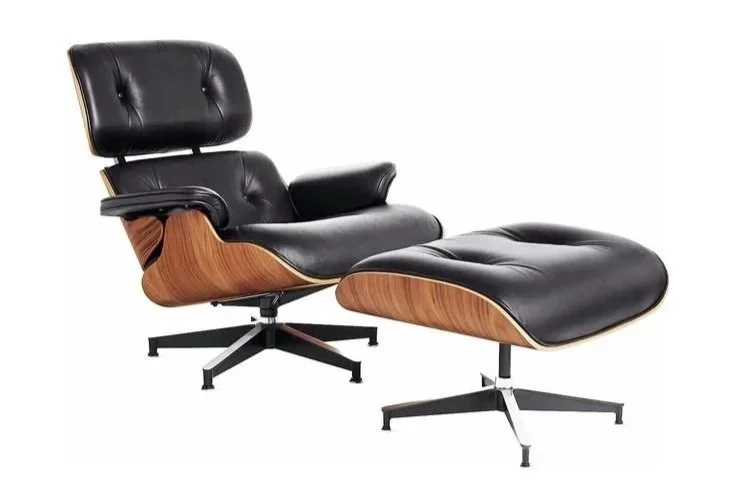Cooked
I’m being fed this creator’s short form videos where he turns his New York apartment into a makeshift cafe, baking sweet and savoury treats once a month for his friends and neighbours. Recently he has branched out into three course dinner parties and birthdays. As I watch, I find myself salivating, not over the food but over the fact that this individual has so much time. And I’m addicted.
The creative I reference here, Ryan Nordheimer (@ryannordheimer), posts videos showing himself, in quick, attention-grabbing shots; rolling out pastry, whipping multiple flavours of custard and cream, piping macarons and profiteroles, boiling lobster, marinating, dimpling focaccia dough, pickling, proofing and preserving. Each shot is no more than a second or two long, and he quickly pulls together four, five, six — even seven — recipes in a single video. Of course, I could argue that the fast paced video is meant to grab and keep your attention, as most short form videos on social media do. The content is instructional and tells you how to complete the meal you see. “You can find the whole recipe on my website,” Nordheimer says at the end of his videos. But what everyday consumer of social media (me, a student) owns a mortar and pestle?
The style of these videos presents to the viewer a doctored version of reality. It’s not actually that easy to cook a three course meal. Watching the video on your phone is one thing, but actually doing the cooking is another.
Nordheimer’s videos have an aspirational angle so that the consumer will interact with the content. When I save the video for later it gives the content more traction in the algorithm. Shock, horror, I will never be making any of these recipes.
These selling techniques, which create an object of desire and something to aspire to, have been used before. Don’t let older generations tell you you’re only being sold unrealistic standards now. For instance, the famous and coveted Eames lounge chair which was released in 1956 was designed by the husband and wife duo Charles and Ray Eames. It is a plywood and leather recliner chair that you can sit in while reading or watching television, which is something you might do if you have the luxury to take time to relax and enjoy yourself in your designer chair.
The Eames lounge chair was designed and marketed in post-war America, which was of course characterised by hyper-consumerism and the nuclear family. The 50s was a time where people (men) would expect to be rewarded for their hard work and receive a promotion. Unlike previous generations, upward mobility allowed families to move houses, possibly multiple times. The Eames chair was marketed as an aspirational piece of furniture that, given its easy construction, would move with the owner to new houses as they climbed the career ladder. These themes continue to be relevant today as contemporary media feeds off the lives we inhabit online and the high standards we attempt to mirror.
Charles Eames famously said that the leather was designed to soften over time, developing a worn patina similar to “the warm, receptive look of a well-used first baseman’s mitt”. The mitt has western values America stands to represent like meritocracy and masculinity stitched into it.
However, The American Dream has been widely criticised as being an unattainable lifestyle based on capitalist work ethic and it ignores systematic disadvantages that are structured into both public and private organisations and institutions.
The Eames couple also developed a three-and-a-half minute ad which was shown on a daytime television program, Arlene Francis’s Home in 1956. The ad showed a simple man building the chair. With a stop motion style, elements would miraculously appear in the man’s hand, jump to the base of the chair and be screwed on in the next shot. A spanner appears out of thin air and the chair is built in the first two minutes of the video. The man sits in the chair once complete and his outfit changes to a sharp suit. After spending some time in the chair reading a newspaper brought over by his wife, the man changes back into his t-shirt and disassembles the chair. It is packed up into a brown moving box.
The style of the video provokes a sense of aspiration within the viewer, depicting an ideal western narrative that is associated with owning the chair. As the chair is so easy to construct and deconstruct, it is made for moving house, to move with you, the design itself, paired with the video’s style, provides to the average consumer a lens through which to view the chair. By making things look simple, the Eames couple were able to feed off of the newly established social order.
I work and I study and I go to class and what I do not have, what Ryan Nordheimer does have, is time. I wouldn’t be surprised if he had a luxury recliner in his loungeroom. The people we see online who have an immense amount of time to curate their lives sell what their audience can never have. The consumer thirsts for the way an item will make them feel, and like the way the Eames chair was able to be sold at such a high price point, a short form video provides a quick snippet into an unattainable lifestyle dangled cruelly in front of you. In the attention economy, where my time is so valuable to companies and individual creators, I find myself not going into my own kitchen, but staying in bed and looking at other people’s lives online.
The content I consume, which curates a life to aspire to, is slowly decomposing my sense of achievement and satisfaction.
It has been well established that content on social media is affecting the way young people think about themselves and their self-image. It’s not like I need an original 1956 Eames lounge chair to feel good about myself.
Do I?
Designed by Portia Love


